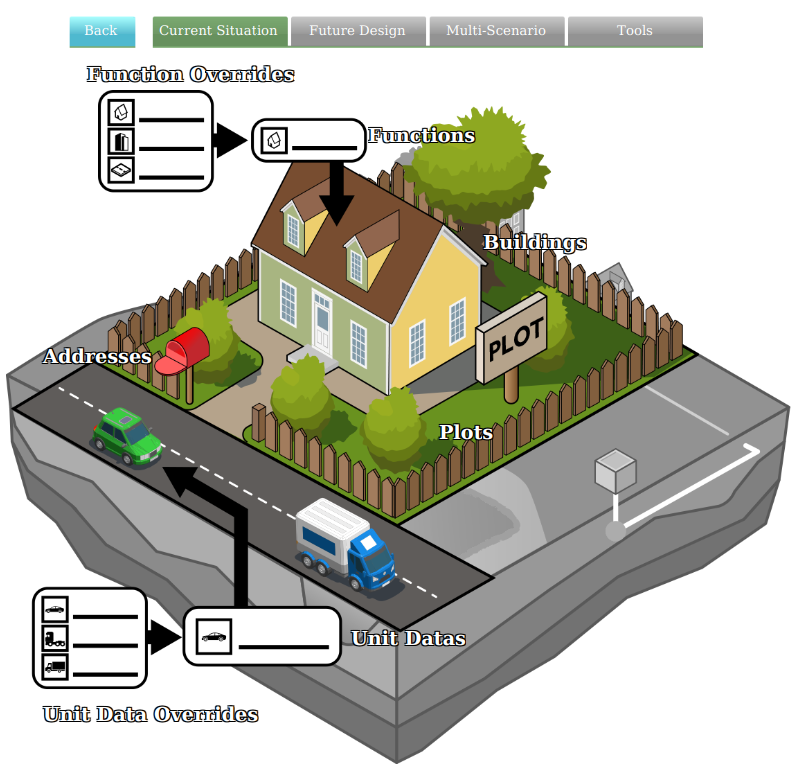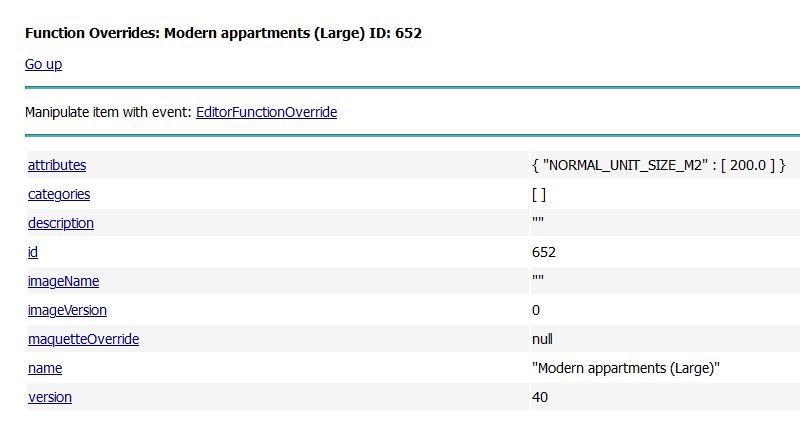Function Override: Difference between revisions
Jump to navigation
Jump to search
No edit summary |
No edit summary |
||
| Line 6: | Line 6: | ||
When an attribute, function value or other property of a [[Function]] is requested, the Function always checks if a Function Override of that function exists and if it overrides that property. In such cases, the property of the Function Override is returned. This system also allows to reset overridden properties back to the original values of the Function, by simply deleting the property in the Function Override. | When an attribute, function value or other property of a [[Function]] is requested, the Function always checks if a Function Override of that function exists and if it overrides that property. In such cases, the property of the Function Override is returned. This system also allows to reset overridden properties back to the original values of the Function, by simply deleting the property in the Function Override. | ||
[[File:Function_override_api_html.jpg|thumb|left|Function Override of Modern | [[File:Function_override_api_html.jpg|thumb|left|Function Override of Modern Apartments with a large unit size and an alternative name, as shown in the API]] | ||
{{article end | {{article end | ||
Revision as of 14:28, 1 February 2024
This article is a stub.
Function Override is an item that stores changes made to properties of a Function.
When an attribute, function value or other property of a Function is requested, the Function always checks if a Function Override of that function exists and if it overrides that property. In such cases, the property of the Function Override is returned. This system also allows to reset overridden properties back to the original values of the Function, by simply deleting the property in the Function Override.
Notes
- Similar systems are used for Terrain Types (Terrain Type Overrides) and Unit Datas (Unit Data Overrides).
See also


